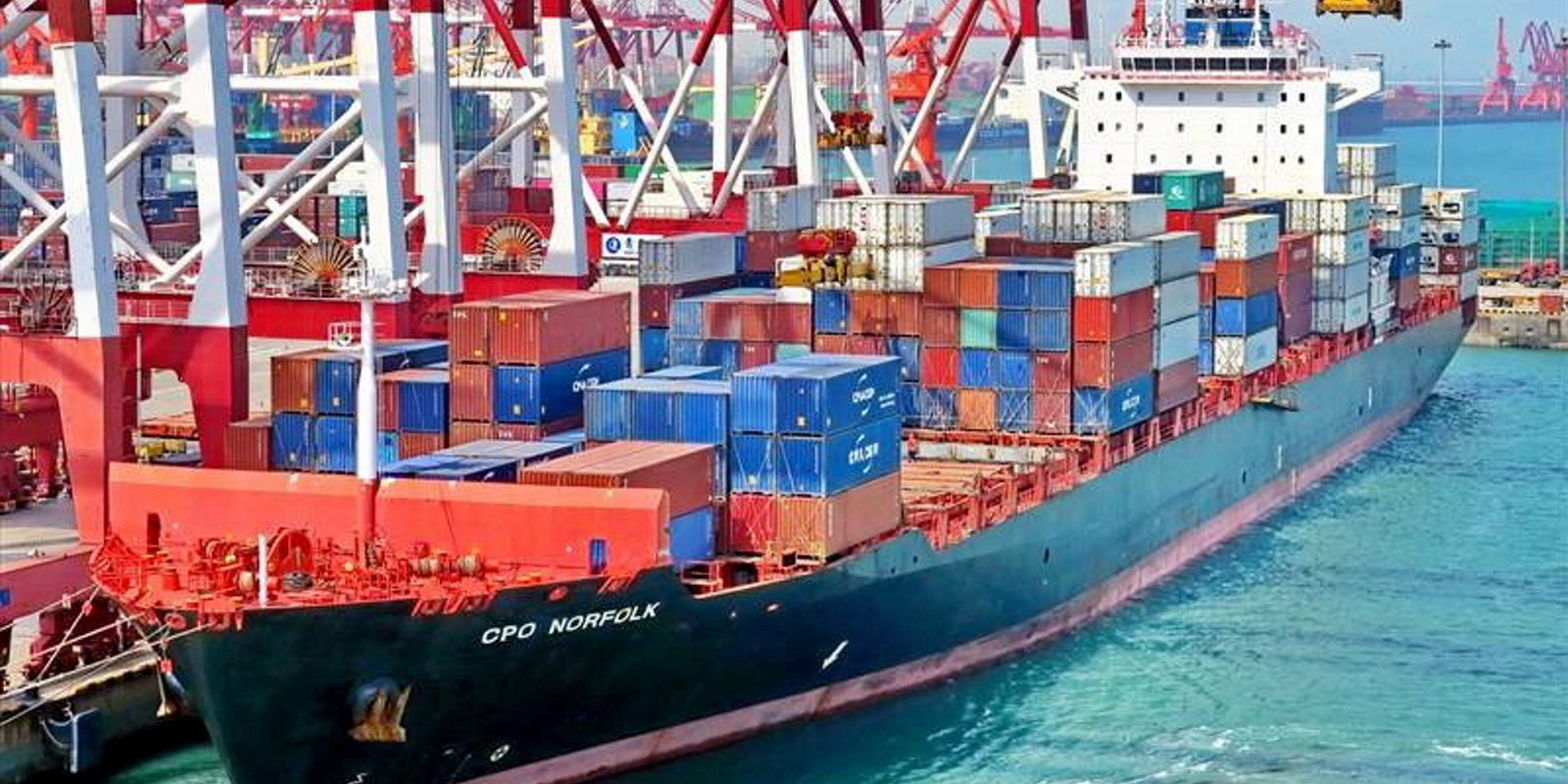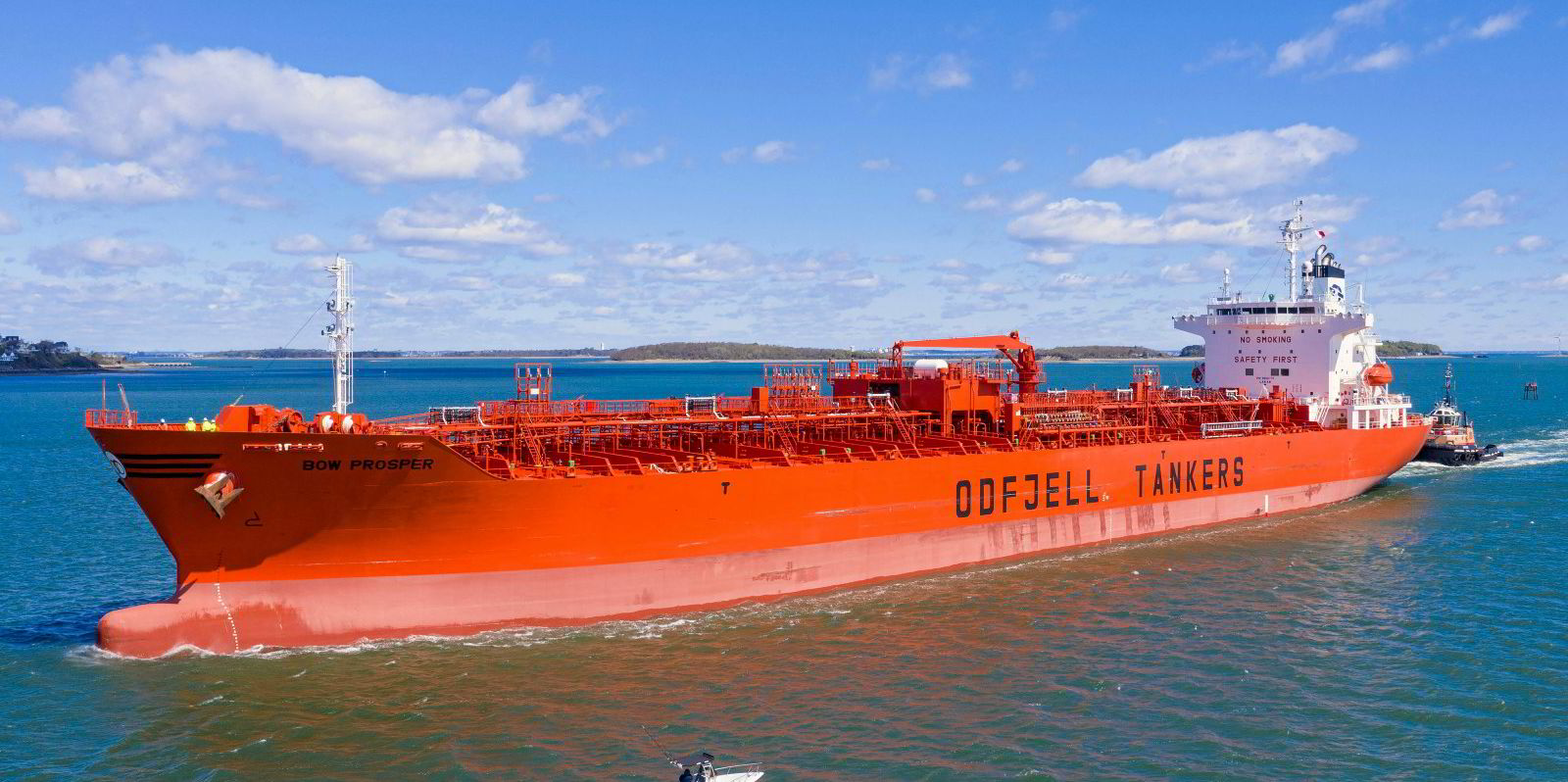ING is expecting uneven performances of the main shipping sectors this year despite an overall strong rebound in global seaborne trade.
In its outlook, the Dutch bank forecasts a 6% growth in total trade volumes in 2021, reversing a 5% fall last year.
But ING expects container and dry bulk shipping to benefit more from the trade growth, as tankers continue to suffer from weak rates.
“The industry will benefit from world trade recovery in 2021, with average seaborne trade volumes expected to end above pre-pandemic levels,” ING analysts Rico Luman, Oleksiy Soroka and Joanna Konings wrote.
“Yet underlying differences are significant.
“The resilience of world trade volumes was backed by recoveries in retail sales as consumers shifted consumption from services to goods like electronic devices, home and garden furnishings and outdoor sports articles.”
All of these goods are shipped in containers, with many ordered online.
Strong container trade
Container freight rates have risen to their multi-year highs since early 2021, boosted by port congestion, high shipping volumes and the lack of available boxes.
ING expects rates to ease over the course of the year but stresses that the downside is limited.
“With increased volumes meeting delays and stretched supply chains due to congestion, container shortage and reduced air freight capacity, rates will remain high,” the bank said.
“At the same time, capacity pressure is not over yet as sailing schedules are disrupted and the efficiency of the fleet lower.”
Buoyant dry cargoes
Charter rates for bulkers have recovered since mid-2020, partly driven by strong Chinese iron-ore demand.
The Baltic Dry Index hit 2,105 points on Wednesday, the highest since September 2019.
“As the main industrial regions worldwide return to growth, 2021 is expected to offer widespread recovery in dry bulk markets,” ING said.
Weak tanker markets
Spot earnings in most tanker segments have been close to their multi-year lows in recent months due to severe tonnage oversupply.
ING expects slow recovery in oil demand to continue plaguing tanker rates this year.
“Trades of liquid fuels are suffering due to the pandemic, with road and air traffic still at low levels,” the bank said.
"Volumes are expected to pick up in 2021 but won’t return to pre-pandemic levels just yet. Given the forecast of relatively weak demand and gradual uptake in the second half of the year, tanker rates are expected to remain low for at least the first half of 2021.”






